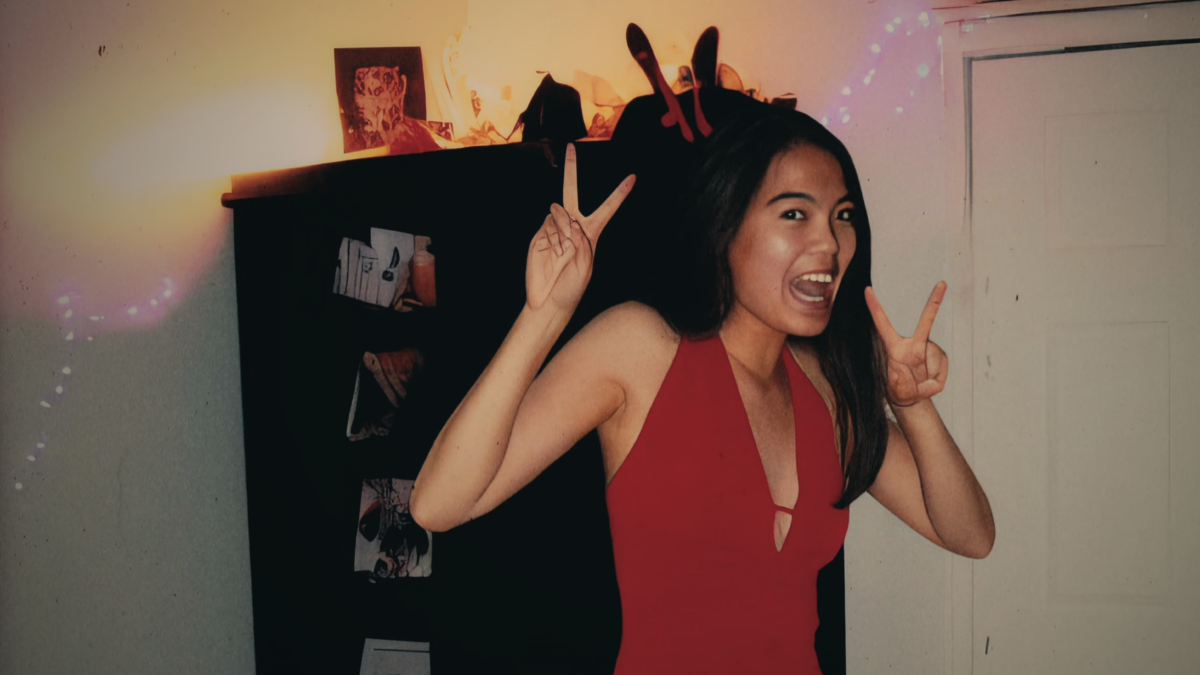‘What Jennifer Did’ Producer Sparks More Confusion With Response To AI Allegations

The new Netflix documentary What Jennifer Did received backlash when allegations arose that it altered several photos with AI. A producer has responded to the controversy, but the statement does little to clear up the confusion.
What Jennifer Did explores the true crime case of Jennifer Pan, a young woman who was convicted of a kill-for-hire plot targeting her parents. On November 8, 2010, three armed intruders entered the Pan family’s residence. The intruders murdered Pan’s mother, Bich Ha Pan, and attempted to murder her father, Huei Hann Pan. However, they left Pan bound but alive despite her witnessing the murders. Although investigators initially thought it was a burglary gone wrong, they couldn’t ignore that many valuables were left untouched and that Pan was inexplicably left alive. When her father woke up from his coma, he confirmed suspicions when he revealed he had spotted his daughter conversing with the intruders and walking about the house unbound.
When the whole story came out, it shocked the nation as it was revealed that 24-year-old Pan and her boyfriend, Daniel Wong, had orchestrated the hit on her parents. Her motivation in the story has drawn much interest, as some sympathized with the intense pressure she faced from her strict and oppressive parents. However, the documentary started gaining traction for a different reason when viewers noticed that several photos of Pan appeared to be altered with AI.
What Jennifer Did producer responds to AI controversy
Shortly after What Jennifer Did premiered on Netflix, Futurism pointed out several strange details in the photos. The photos appear about 28 minutes into the documentary and are supposedly of Pan before the crime took place. However, the photos bear tell-tale signs of AI manipulation. In one photo, where Pan is holding up two peace signs, her fingers look mangled, her shoulders are misaligned, and background objects are distorted. In another photo, her teeth appear impossibly disproportionate and misaligned.
Naturally, viewers questioned what was going on with the photos. They were either heavily altered by AI or potentially even wholly generated by AI using existing photos of Pan. Outcry often comes when viewers learn a show or movie utilized AI without transparency or to replace work humans could’ve performed.
However, this situation was arguably even more serious. After all, What Jennifer Did is a true crime documentary, and the photos were essentially evidence utilized in the project’s investigation. If they were manipulated or altered, it raises the question of why. Was the documentary potentially attempting to distort the story and make the photos reflect something that wasn’t necessarily true but that fit the documentary’s commentary better?
The only person involved who has addressed the allegations so far is What Jennifer Did executive producer Jeremy Grimaldi. However, he only offered a vague statement, which did little to dispel the AI concerns. He told the Toronto Star:
Any filmmaker will use different tools, like Photoshop, in films. The photos of Jennifer are real photos of her. The foreground is exactly her. The background has been anonymized to protect the source.
Grimaldi doesn’t actually deny using AI in his statement. He only mentions “different tools” and likens them to Photoshop without specifying what they are. Could they have been AI tools? One will also be baffled by what he means by his statement, “The foreground is exactly her.” He seems to be implying that only the background was changed for anonymity but that Pan herself was not altered.
If this is really what he’s saying, the task Grimaldi claims the film was trying to complete is surprisingly simple. Even those without extensive graphic design knowledge know it only takes minutes to cut out an object or figure from one photo and superimpose it over a new background. It would also be fairly easy to merely cover up identifiying details in the original background. Unless the producers relied on AI for the task, there should not have been any serious distortion of the figure or new background. The fact that the documentary still won’t admit what tools it used and that it likely made a false statement (those photos are clearly not “exactly” Pan) raises many more concerns.
If the intentions were as simple as anonymity, it shouldn’t be too difficult to offer a quick rundown of the tools used and explain what went wrong to cause the distortions.
(featured image: Netflix)
Have a tip we should know? tips@themarysue.com